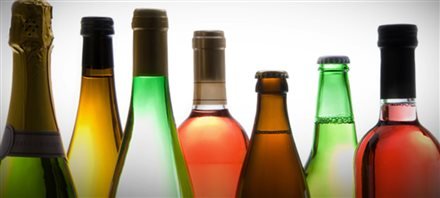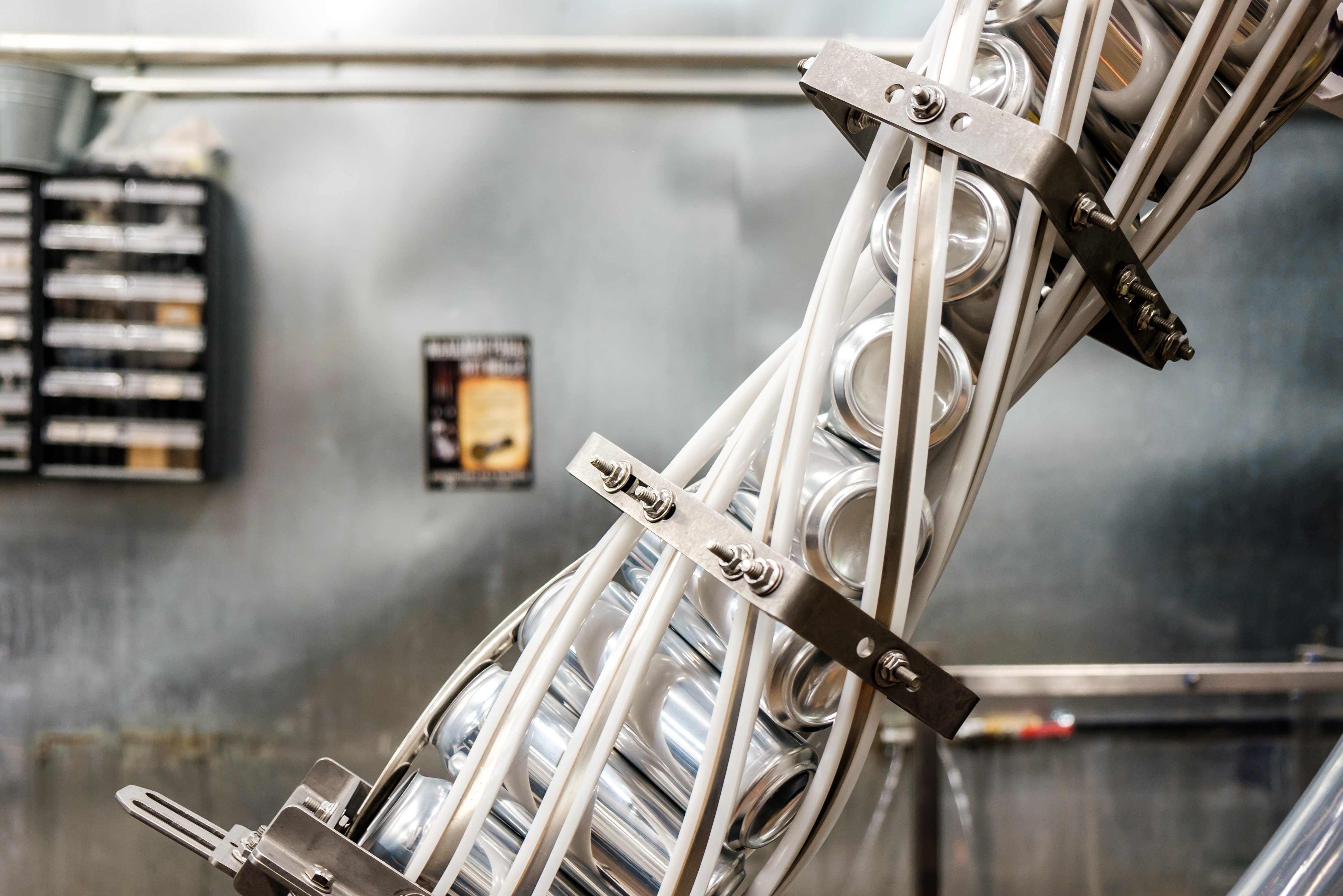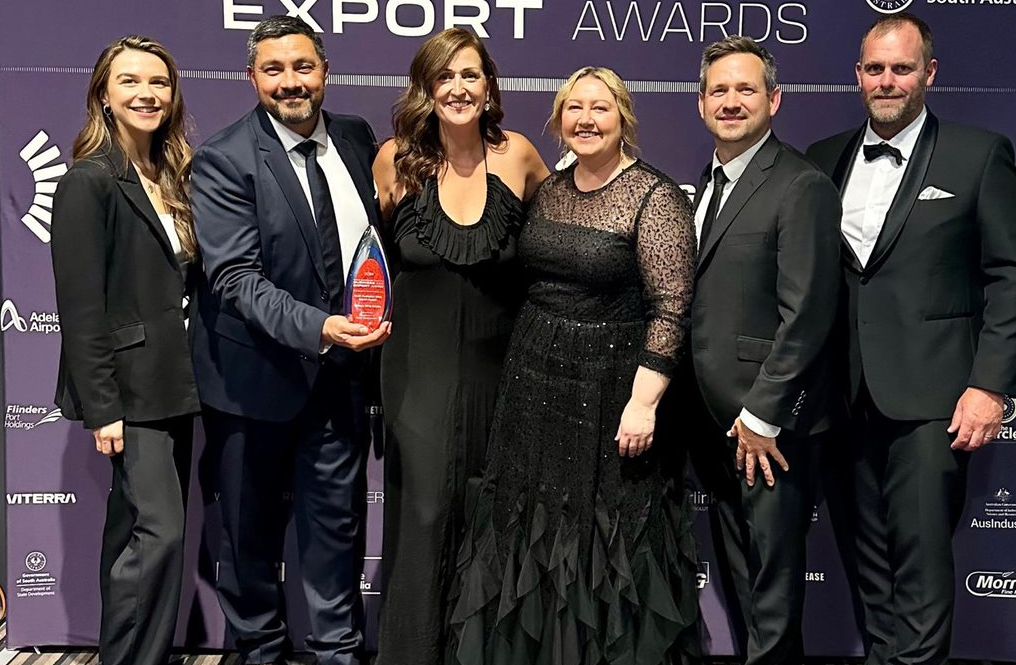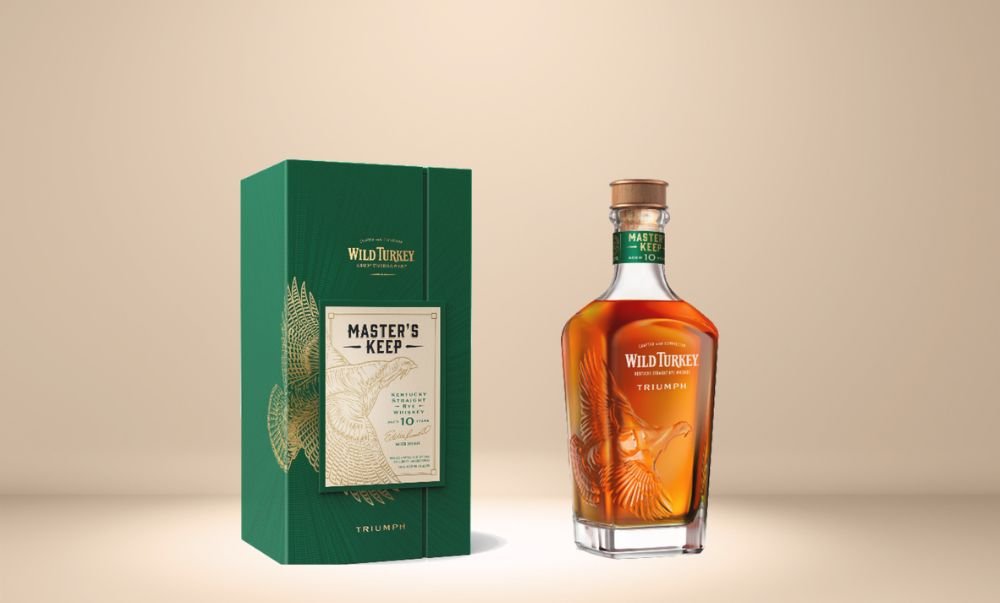UK experts are campaigning for alcohol to be sold in plain packaging with large photographic warning labels similar to those on cigarettes.
Last month, a report by UK government advisory body Public Health England suggested selling alcohol in plain packaging with more comprehensive health warnings would be effective in changing drinking habits.
Meanwhile, a study published last week by the University of Liverpool also recommended placing warning labels on the front of bottles and using plain packaging to emphasise the risks associated with excessive drinking.
There are currently no mandatory alcohol labelling requirements in the UK, only a voluntary “responsibility deal” requires the drinks industry to include warning labels indicating the unit alcohol content, the chief medical officer’s alcohol guidelines and a pregnancy warning.
Such labelling could have a potentially devastating effect on Australia's wine exports to the UK, which are already struggling in the face of Brexit. The value of exports fell 5% to $355m in 2016.
The UK's craft spirits industry is up in arms at the suggestion of draconian labelling and packaging moves. Sipsmith's co-founder Jared Brown told The Guardian: “Are they considering similar labels for bacon? Fish and chips? Crisps?” he demands. “It’s an absurdity. It will crush the craft side of the industry. It will shift the business back to the industrial producers, who will be very happy to move people back to mass-produced drinks. If something like this comes through we won’t be able to weather it.”
Designer and brand consultant Ron Cregan has formed a group called Endangered Species to fight any moves to change alcohol packaging.
“This has been on my radar for the last 15 years. We’re trying to create a forum so that when it comes to the table we can have a debate. We need to gather our best brains,” he said. “It goes to who we are and how we live and celebrate life. I want to live in a world that’s culturally and socially rich. There’s a kind of semi-religious tone to this. It’s highly sanctimonious.”
Craft spirit branding specialist Michael Vachon added: “Certainly it would harm what is a burgeoning entrepreneurial scene,” he said. “Packaging plays a big part in being able to sell the product. I’d love to be able to say that the taste of the product is everything but it’s simply not the case. The packaging is a big part of why people trade up to craft brands. If you remove branding and packaging, people will trade down in terms of quality, and that would have the opposite of the intended effect. I’m sure government bodies would prefer people to drink better and less rather than cheaper and more.”
Meanwhile, there was outrage in France last week when the Ministry of Health announced it would require winemakers to double the size of the pictoral health warnings for pregnant women on bottles from the current minimum of 0.5cm to 1cm. Since 2007, producers have been required to print a health warning for pregnant women - either a logo depicting a silhouette of a visibly pregnant woman drinking from a glass inside a no symbol or a written warning.
According to a report published by the committee, alcohol consumption during pregnancy is the leading cause of non-genetic mental disabilities in children, with an estimated 1 in 1000 infants born with fetal alcohol syndrome in France.
"We recognize that fetal alcohol [syndrome] is a serious thing and we are in favor of fighting it," Hervé Grandeau, the president of the Fédération des Grands Vins de Bordeaux, told Wine Spectator. However, he felt investing in prevention and training would be more effective than a larger logo. "[Authorities] pile on regulations without worrying about their efficiency."
Australian National University is currently conducting a study on the benefits of plain packaging being introduced to alcohol in Australia, entitled "Would plain packaging for alcohol communicate health risk factors to youth?"
Watch this space.
Share the content










